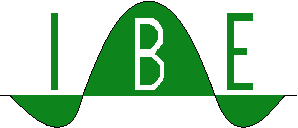
Analog to Digital Conversion
(Published Dec. 2007, last update Feb. 26 2009)
Analog to digital conversion is one of the most needed functions in mixed signal design. Most sensors provide analog signals (voltage, current) that must be converted into computer readable data.
The history of analog to digital conversion is long. The number of concepts found throughout the last at least four decades is high. This
page list some, but surely not all possible implementations.
1. Flash
converters
The fastest but also the most expensive implementation. Requires extremely high analog performance of the selected technology.
Simple but needs high precision components and frequent calibration. Was used before the era of high integration.
Slow but very accurate. A good choice for slow high precision measurements.
The standard topology implemented on many microcontrollers. A good choice for 8 to 10 bit resolution.
Simple and acceptably well usable for signals with limited slew rate. Probably the smallest thing you can build on an integrated circuit.
Currently the optimum for technologies offering poor analog capabilities and high performance digital capabilities. Suggested for 0.35mm and smaller technologies.